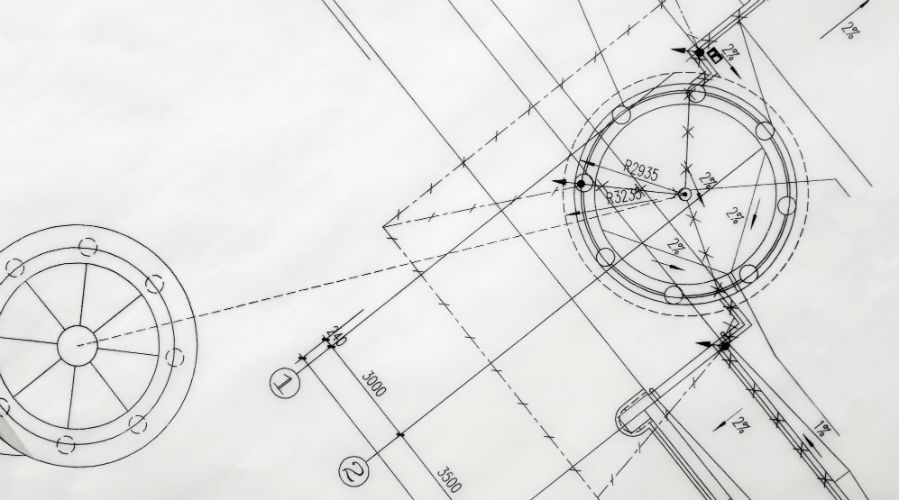The issue in this case
The parties had agreed terms on an amended form of a JCT Design & Build 2016 contract for works at Weir Mill, Chestergate, Stockport (the Contract).
The Contract terms had sought to allocate risk for the existing structures and the suitability of those structures to support and/or facilitate the proposed works. However, a dispute arose as to exactly where the allocation of that risk lay between the parties given contradictions between the amendments to the standard JCT terms and a clarification document which had effectively been 'bolted on' to the contract terms.
The Employer had been successful in adjudication proceedings in arguing that the risk for the structures lay with the Contractor. The Contractor then issued Part 8 proceedings in court to challenge that adjudication decision by seeking declarations on this issue.
The Contract terms
The parties utilised an amended JCT Design & Build Contract 2016, which was amended to provide at clauses 2.42.1 – 2.42.3 that the Contractor was responsible for all risks in relation to the existing site, including the risk in relation to (i) the condition of the existing structures, and (ii) the information provided by the Employer being wrong. The Contractor was deemed to have inspected and examined the Site to satisfy himself as to the nature of the ground, amongst other things, and was solely responsible for ensuring that the Site was suitable for the development.
Whilst this would appear to create a clear delineation of risk for the existing structures, clause 2.42.4 made this subject to item 2 of the "Clarifications", where the definition of "Clarifications" was "The clarifications headed "Contract Clarifications" contained within Volume 2, Appendix 2.9 of the Employer's Requirements". The Contract Clarifications document stated that the existing structure risk was an Employer risk.
Confusingly, whilst the hard copy version of the Contract only included the Contract Clarifications document, the electronic version contained both: (i) the Contract Clarifications document, and (ii) a Tender Submission clarifications document. The parties therefore also found themselves in dispute as to whether the Tender Submission clarifications document formed part of the "Clarifications". This was particularly important in this dispute as the Tender Submission clarifications document addressed the question of design responsibility of existing structures, indicating that the risk was not to sit with the Employer (thus aligning with the terms of clause 2.42 of the Contract), albeit there was an obligation for the Employer to insurance the existing buildings / works.
It was these contrasting positions throughout the Contract that ultimately led to the dispute.
What did the court decide?
Having considered the Contract, Stephen Davies J decided that the Tender Submissions clarifications document was not relevant given the specific definition of "Clarifications" within the Contract. He held that the reference to "item 2 of the Clarifications" within clause 2.42.4 was clearly only a reference to the Contract Clarifications rather than extending to the Tender Submission clarifications.
Based on the above, it was determined that Clause 2.42.4 provided an exception to the terms of 2.42.1 to 2.42.3 based upon the information contained within item 2 of the Contract Clarifications. This led to a determination that the allocation of risk for the existing structures was held by the Employer, and not the Contractor.
Implications for contracting parties
On a strict reading of the terms of the Contract, it appears that the parties had sought to allocate the risk for the existing structures to the Contractor. However, the negotiation between the parties on this allocation of risk and the subsequent inclusion of clause 2.24.4 and incorporation of the Contract Clarifications document created an inconsistency in the terms of the Contract, which when reconciled, created an exemption to the terms of 2.42.1 to 2.42.3 and transferred this risk to the Employer – which was likely not the position that the Employer had intended to be in place.
Our previous article on the allocation of design risk in a contract (see: "High Court case highlights the importance and potential pitfalls of design risk allocation") discussed the importance of consistency in contract terms in respect of design liability and the potential pitfall of allocating risk where it was not intended.
This case reiterates the importance of not only ensuring consistency throughout the terms of the contract, but also the additional documents which are to be appended to the Contract. Care must be taken to ensure that the appended documents do not contradict the terms in the contract, deviating the allocation of risk away from the parties' intentions, as well as ensuring consistency between electronic and hard copy versions of any contract. Parties should make express reference to any documents intended to form part of a contract, in either a schedule at the front/back of the contract, or by cross-referring to them in clear terms in the body of the contract.
This case also re-emphasises that very often the Court will look to the plain and ordinary meaning of the Contract, rather than any pre-contractual negotiations. Here, one of the key issues to be decided between the parties was whether the Tender Submission clarifications document merely recorded the initial stage of the contract negotiation process or whether this was a contract document. On finding that this was not a contract document, the judge went on to hold that there was no proper basis to have regard to the pre-contractual negotiations as admissible and was not minded to open up pre-contractual negotiations. The plain and ordinary meaning of the words within clause 2.24.4 (and definition of "Clarifications") were therefore to be given effect.





